Metabolic Pathways
Glycolysis
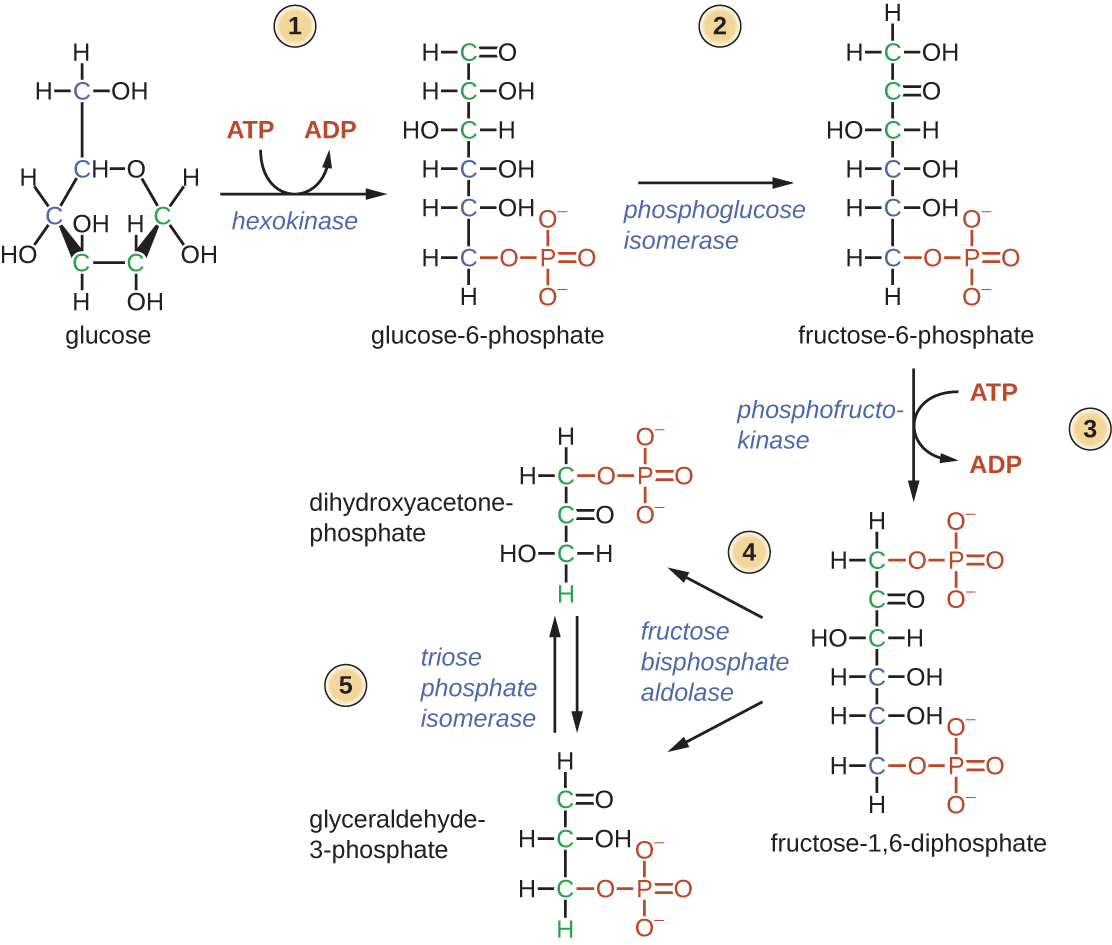
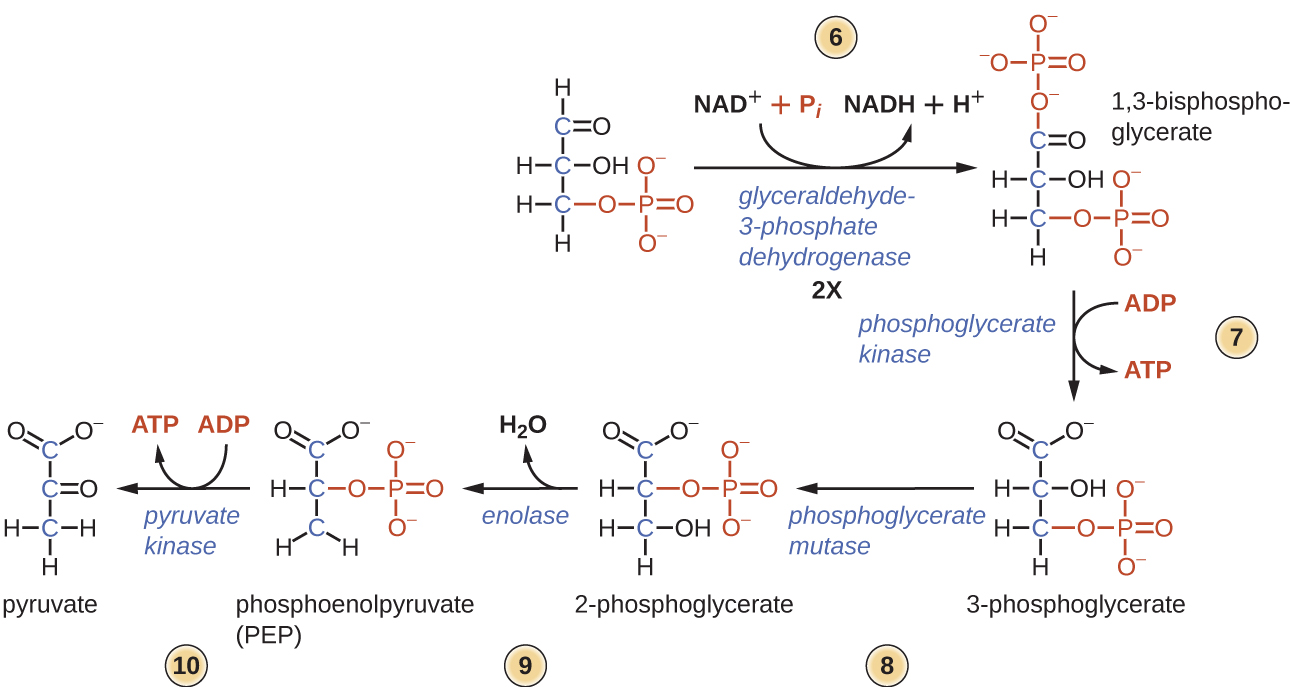
Entner–Doudoroff Pathway
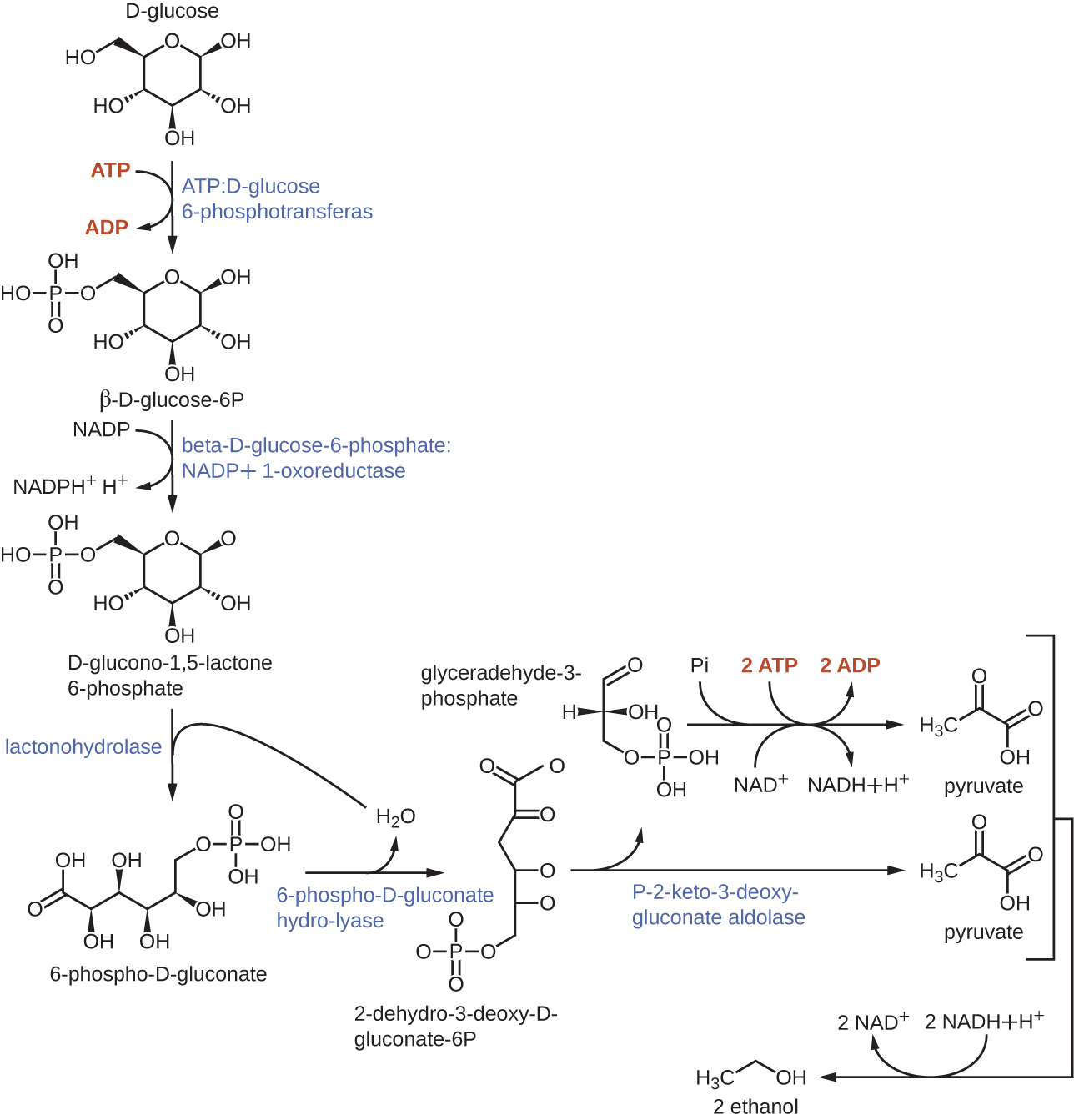
The Pentose-Phosphate Pathway

TCA Cycle
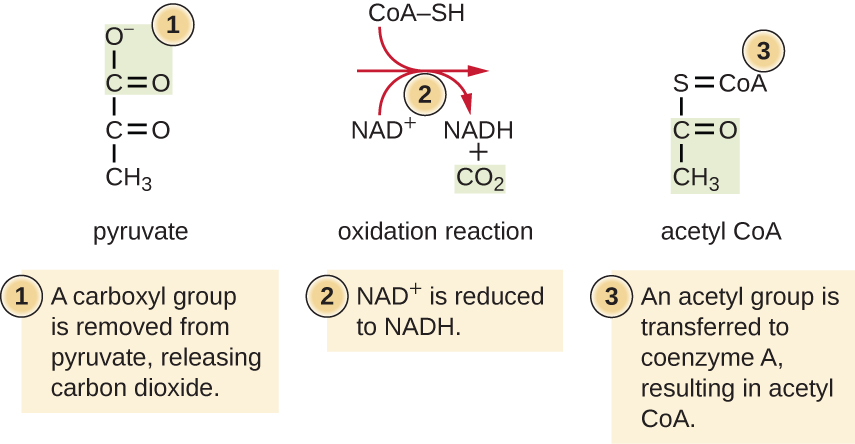
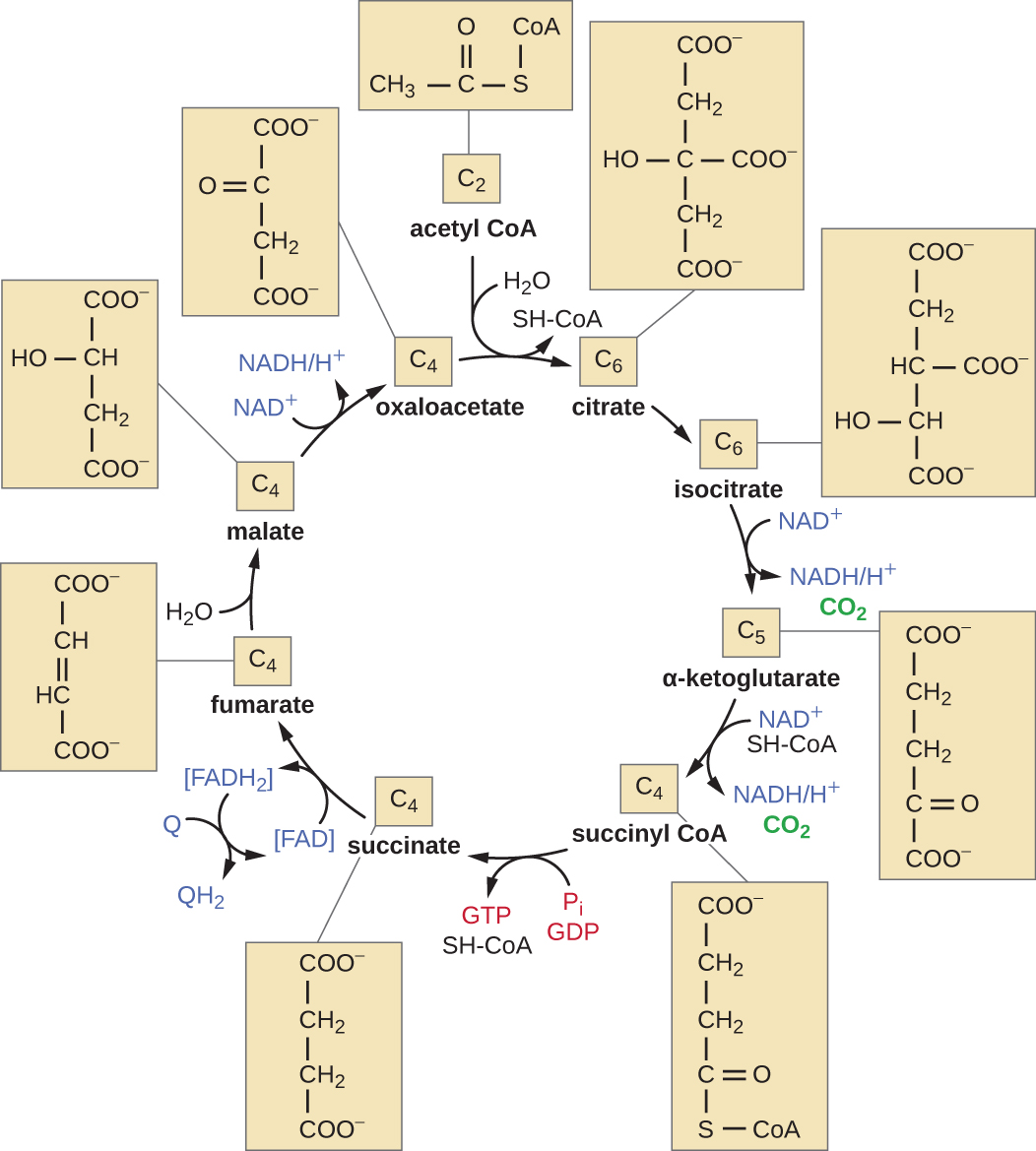
Beta Oxidation
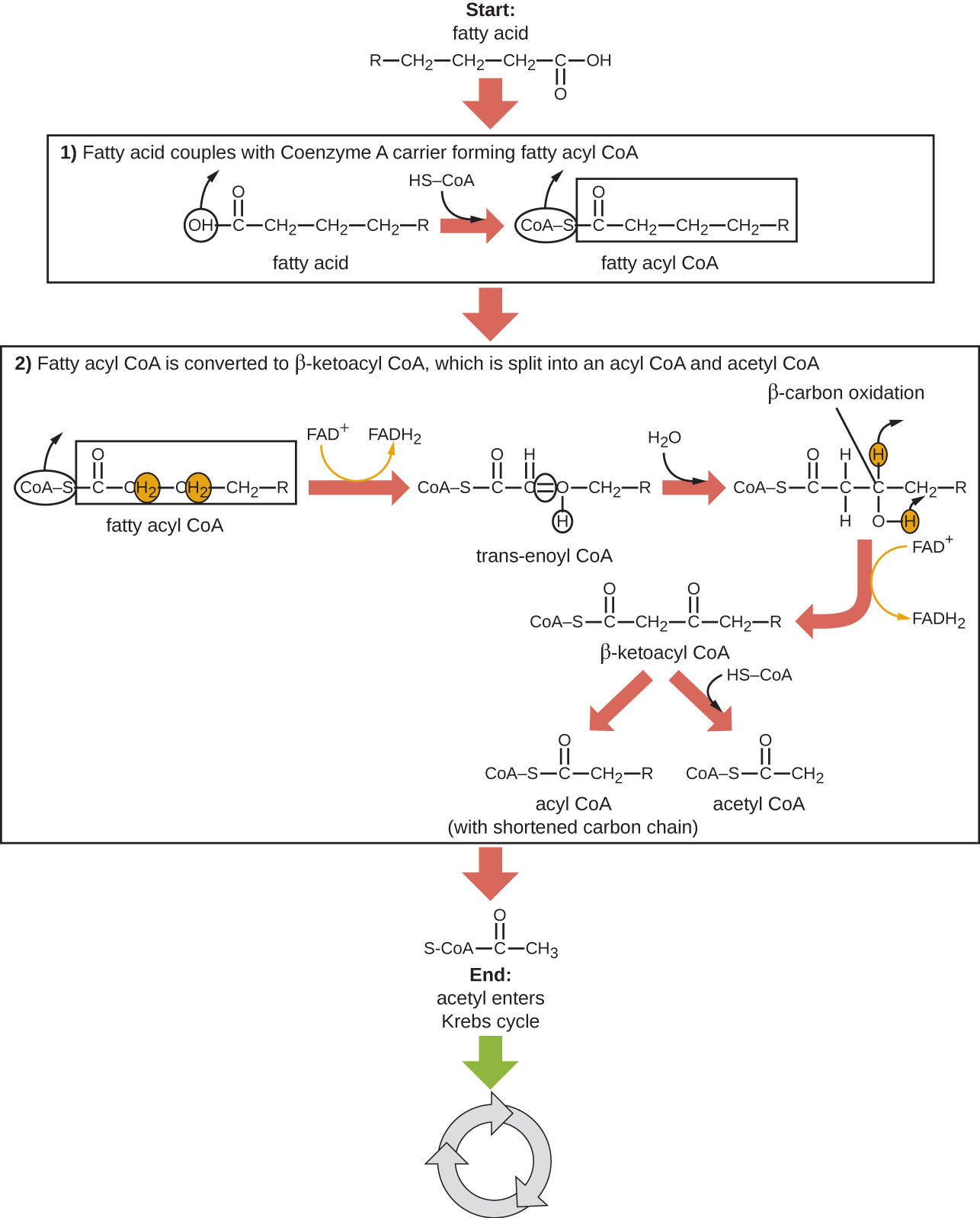
Electron Transport Chain and Oxidative Phosphorylation

Calvin-Benson Cycle
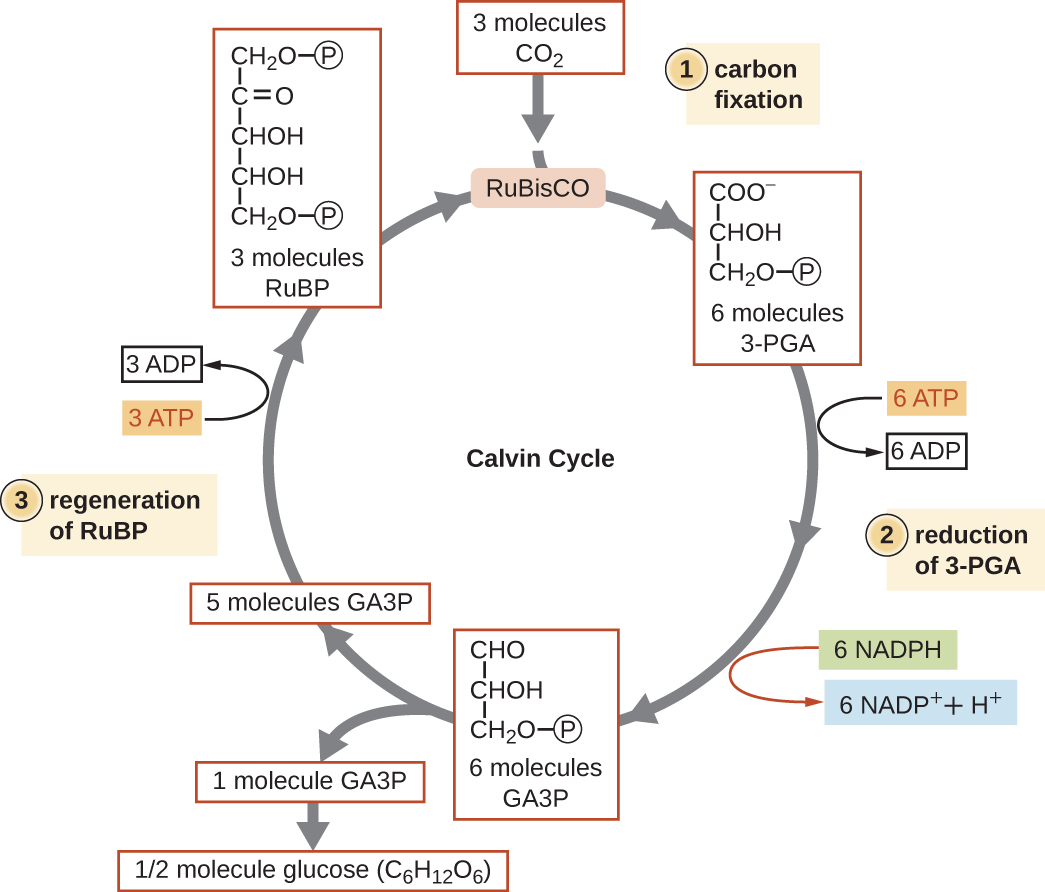

This work is licensed under a Creative Commons Attribution 4.0 International License.
You can also download for free at http://cnx.org/contents/e42bd376-624b-4c0f-972f-e0c57998e765@5.3
Attribution:










